A comparison of Ready Player One’s Oasis and current VR technology
The 2018 movie Ready Player One, based on the book written by Ernest Cline, transports audiences into the fantastical virtual reality (VR) world of The Oasis, a huge online game that nearly everyone plays. With recent developments in VR, this kind of experience may not be far away. But how does VR actually work, and how far is The Oasis from becoming a reality?
Virtual reality is an artificial environment created by a computer that is meant to simulate real life by allowing a user to interact with the space. The key to a VR space appearing real is giving the user a sense of presence (1). Computers create this sense by accurately simulating the physics of the space and properly stimulating the user’s senses (1). The more detailed and realistic the graphics and sounds are, the more immersed the user is. Users gain audiovisual immersion by wearing a VR headset (1).
The most important sense to realistically replicate is vision. VR headsets use stereoscopic lenses, which provide different images to each of the user’s eyes (3). This technology mimics reality, where the eyes capture different images that are merged into one by the brain (3). VR headsets only account for the most significant part of humans’ frame of view, where the vision of both eyes overlap in a 114° arc directly forward, allowing for depth perception (3).
Creating realistic landscapes with VR headsets heavily depends on their latency. Latency is a delay between the user interaction and their action occurring in the virtual space. For example, if there is a noticeable delay between the user moving their hand in the real world and their virtual hand moving, they will not feel immersed in the world. The frame rate of the image also needs to be considered. Although the human eye can see up to 1000 frames per second (FPS), the brain can only process up to 150 FPS. VR developers have discovered that any image less than 60 FPS causes nausea and dizziness, leading them to the ideal frame rate of 90 FPS (3).
Furthermore, audio is also critical for ensuring realism in a VR environment. VR developers achieve realistic sound by controlling volume and creating audio delay between the user’s right and left ears, creating the illusion that sounds originate from a specific point in space. Tracking the position and rotation of the headset on the user’s head allows the developers to more realistically produce this audio directionality (3).
So how well does this technology align with what is shown in Ready Player One? Surprisingly, they are not too different. Although current VR is less realistic in terms of graphics and immersion compared to Ready Player One’s Oasis, the technology is rapidly improving.
In the film, one of the more memorable pieces of VR technology is the haptic suit, which lets the wearer feel the sensations from interacting in the virtual world (2). While wearing the suit, when characters touch other objects or people in the Oasis, they feel an imitation of the virtual sensation in the real world. Teslasuit—a company unrelated to Tesla—has developed a suit that functions exactly like the haptic suits in Ready Player One, allowing the wearer to experience sensations from the virtual world. Another technology from the movie is the omni-directional treadmill, which allows the user to walk in any direction while remaining stationary as they move around in the Oasis (2). Although there is a similar version in the real world, it functions very differently. Instead of acting as a normal treadmill, like in the movie, it has a concave surface that the user stands on. The user wears special shoes to slip on the surface, allowing them to remain in the middle of the treadmill (2).
Although not yet at the level of the Oasis, current VR technology allows for an extremely immersive user experience. It is inspiring to see that human technology can advance to the point that was previously considered “sci-fi.”
Bibliography
- “Virtual Reality: The Promising Future of Immersive Technology.” G2, 6 Sept. 2022, www.g2.com/articles/virtual-reality. Accessed 10 Apr. 2024.
- Fagan, Kaylee. ““Ready Player One” Technology Compared to Real Life.” Business Insider, Insider, 30 Mar. 2018, www.businessinsider.com/ready-player-one-technology-vs-real-life-2018-3. Accessed 10 Apr. 2024.
- “Understanding How Virtual Reality Works.” Talespin.com, 2023, www.talespin.com/reading/understanding-how-virtual-reality-works. Accessed 10 Apr. 2024.
Images


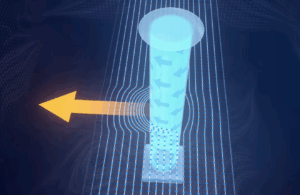


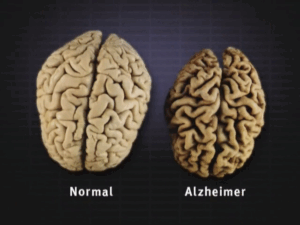

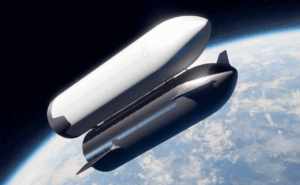

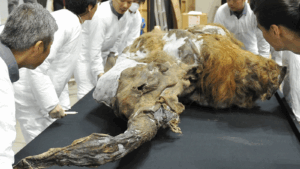


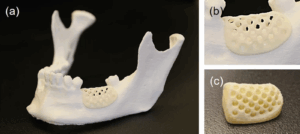


Comments are closed.